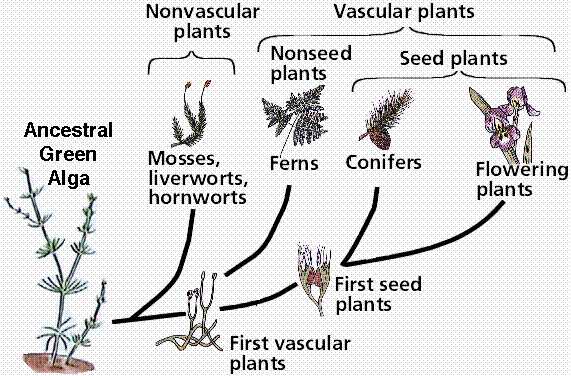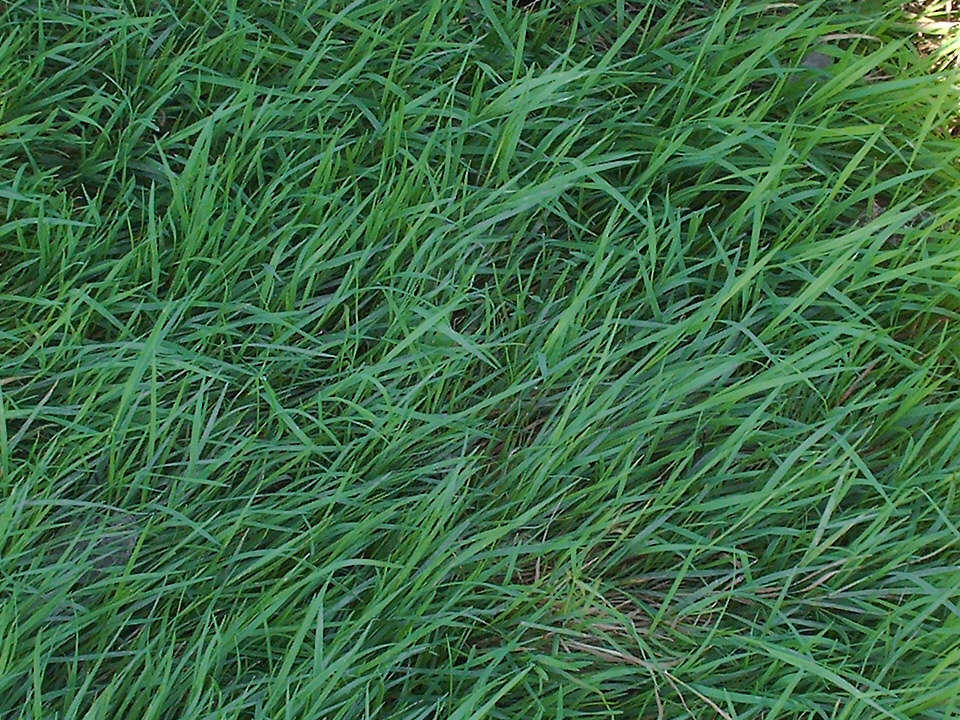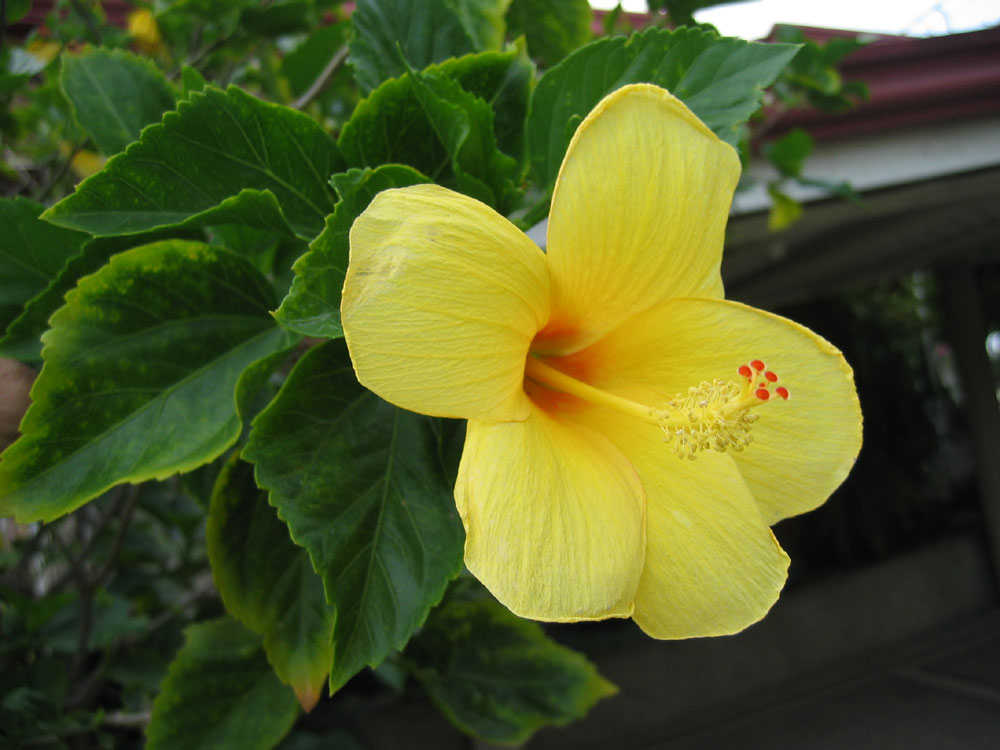


Vascular plants (from Latin vasculum: duct), also known as tracheophytes (from the equivalent Greek term trachea) and also higher plants, form a large group of plants that are defined as those land plants that have lignified tissues (the xylem) for conducting water and minerals throughout the plant. They also have a specialized non-lignified tissue (the phloem) to conduct products of photosynthesis. Vascular plants include the clubmosses, horsetails, ferns, gymnosperms (including conifers) and angiosperms (flowering plants). Scientific names for the group include Tracheophyta and Tracheobionta.

Angiosperms, the flowering plants, are the most highly evolved plants and the most dominant in present times. Angiosperms are also the type of plant that the SAT II mainly focuses on. In fact, you don’t really need to know anything about nontracheophytes, ferns, and gymnosperms beyond what we’ve already told you. The further discussions of plant biology in this chapter will focus on angiosperms (though what is true for angiosperms is also often true for the other types of plants).
As for angiosperms, there are actually two kinds: monocots and dicots. Monocots include grasses, grains, and other narrow-leaved angiosperms. Monocots are named for the presence of a single cotyledon (seed leaf) during embryonic development. In general, the veins of monocot leaves are parallel, the flower parts occur in multiples of three, and a fibrous root system is present. Bundles of vascular tissue are scattered throughout the stem instead of appearing in a single ring. Dicots, such as maples, oaks, elms, sunflowers, and roses, originate from embryos with two cotyledons. They are further distinguished from monocots by the branched network of veins in their leaves, the occurrence of their flower parts in groups of four or five, and the presence of a taproot, which is a single main root with tributaries off it. The vascular bundles of dicots are arranged in a tubular pattern in the stem.

A monocotyledon is a plant with only one cotyledon. Grasses are the most notable monocotyledons whereas woody monocotyledons are rarely seen. Monocotyledons tend to have fibrous root systems, inatactostele vascular bundles arrangement and no vascular cambia in the stems, and floral parts in multiples of three, rarely in fours or fives. Their leaves usually have parallel or compylodromous venation. Reticulate or pinnate venation is rarely seen in them.

A dicotyledon is a plant with two cotyledons. Decotyledons are dominated by wood plants. They tend to have tap root systems, vascular cambia and vascular bundles in eustele arrangement in the stems, reticulate-veined leaves, and floral parts in multiples of four or five.